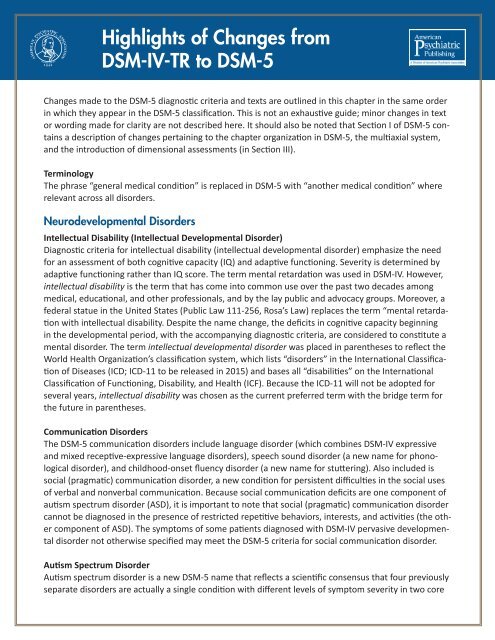

It is pervasive developmental order – not otherwise specified (PDD-NOS).

There is another disorder included under this umbrella of conditions. They might completely lose the ability to speak. Other symptoms include irritability, anxiousness, disobedience and temper tantrums.Ĭognitive skills will decrease, as will an understanding of language. There will have been no signs of illness or any other cause for these changes. Over a short period of time communication, social and behavioral skills will degenerate. Speech, relationships, social interaction and adaptive behavior and play will be normal. This disorder sees a child develop as expected up to the age of between two and four. However, these social behaviors might improve at a later time.Ĭoordination will become impaired along with motor and expressive skills. They can stop smiling and making eye contact. They may also develop hand movements, such as clapping rubbing or wringing them. This includes things like reaching and grasping something. They can lose the ability to display previously learned skills. The growth of the child’s head will slow between the ages of five and 48 months. Their development will also meet normal parameters for the first five to 18 months. ( 5, 6)Ī child with this disorder will have experienced a normal pregnancy and birth. But they will often focus on, and be obsessive about, one subject. These could be hand flapping or collecting unusual objects like bits of cotton.Ī child with aspergers syndrome is capable of being original. They will display repetitive behaviors when playing or employ strange routines or rituals. Their mannerisms and movements can appear awkward. They will not use facial expressions often, for example, they might not smile. Their communication can be repetitive or inappropriate. Developing friendships or expressing themselves non-verbally will be challenging.Ĭonversations might often be one sided and focus on themselves. They will have difficulty making eye contact. Social interactions will be a challenge for children with this disorder. They will be able to help themselves and be curious about their surroundings. ( 3, 4)Ī child with Asperger’s syndrome will have normal speech and cognitive development. They might insist they always walk the same route or only watch one television programme. This could be only eating food which is green in color. Often they will not like loud noises and can display restrictive behavior. They will need routines and will not react well to them being changed. These include moving objects, lights or parts of an object. They could flap their hands, or only walk on their toes.Ĭhildren with autism will often appear preoccupied with certain things. They might sit for hours lining up building blocks or spinning a wheel. Repetitive behaviours and motions are common. They could look up at the sky expecting to see them raining down. Hearing a phrase like “raining cats and dogs” might make them think that is what is happening. They are also likely to take language too literally. These words and phrases might have no context. They might repeat certain phrases or words, often echoing something they hear (echolalia). They might take an adult to something they want rather than ask for it or point at it. Their language development can be delayed, or may not develop at all.Įven when they do learn to speak, they might not communicate with other children or adults in this way. These children will have difficulty communicating with others. They don’t develop relationships with friends or interact socially with other children. They might avoid making eye contact with others. Infants and children will not take comfort from physical contact. They fail to understand the emotions and feelings of others. They will prefer to play alone and find it hard relate to other people. A child with autism might be described as unaffectionate. They can show a lack of interest in physical contact. The common symptoms of some of the disorders which come under the umbrella of this condition are:Ī child with autism will not interact well socially with others. Symptoms can also be noticed at different ages, from as young as infancy. The symptoms associated with this disorder can vary from child to child.

Rett’s disorder is more prevalent in girls. The main disorders which come under PDD are autism, asperger syndrome, rett syndrome and childhood disintegrative disorder.Ībout one in 59 children are diagnosed with a disorder on the autism spectrum, and it isįour times more prevalent in boys than girls. This condition is typically noticed by parents before a child is three years old. Pervasive developmental disorder (PDD) includes a few mental disorders which affect the development of communication and social skills in children. What is Pervasive Developmental Disorder (PDD)?


 0 kommentar(er)
0 kommentar(er)
